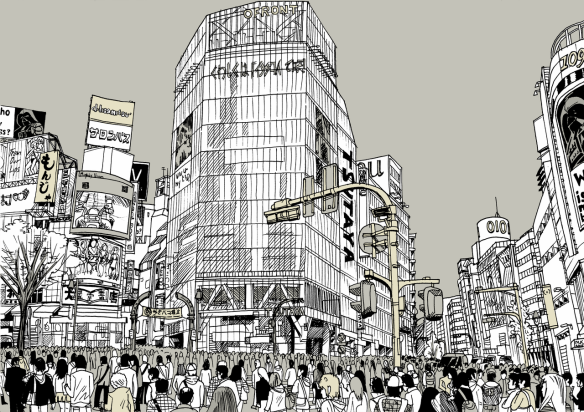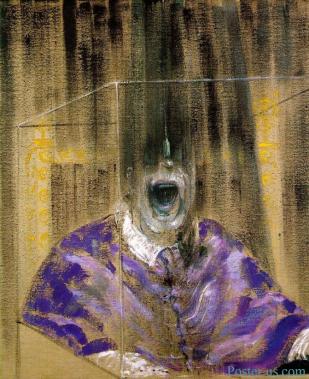The end nears… as do the inevitable deadlines for assignments. As I continue to edit my previous papers, I have to constantly remind myself to dig deeper. I often find myself simply telling a story without expressing meaning or reason for telling such story. Throughout this course, my greatest struggle is finding a way to understand myself and how my own experience has made an impact of me and how the readers can draw their own conclusions about themselves from my writings. This translates with my struggles in the Digital Story project. I have been trying to find meaning in the mundane stories that I have. At the same time I am trying to make sure that my story is relatable in some way. In a way I think one of the problems is being afraid to express what I truly feel or talk about something very personal. There are many things that I can talk about that are much more interesting, but I know that there are consequences to saying certain things and I don’t want to have to face them.
But, oh my goodness….. the torture of hearing my own voice. There is no end to the cringing every time I play the audio and edit the timing and placement. I just might have to plug my ears and cover my eyes when presenting the video.






